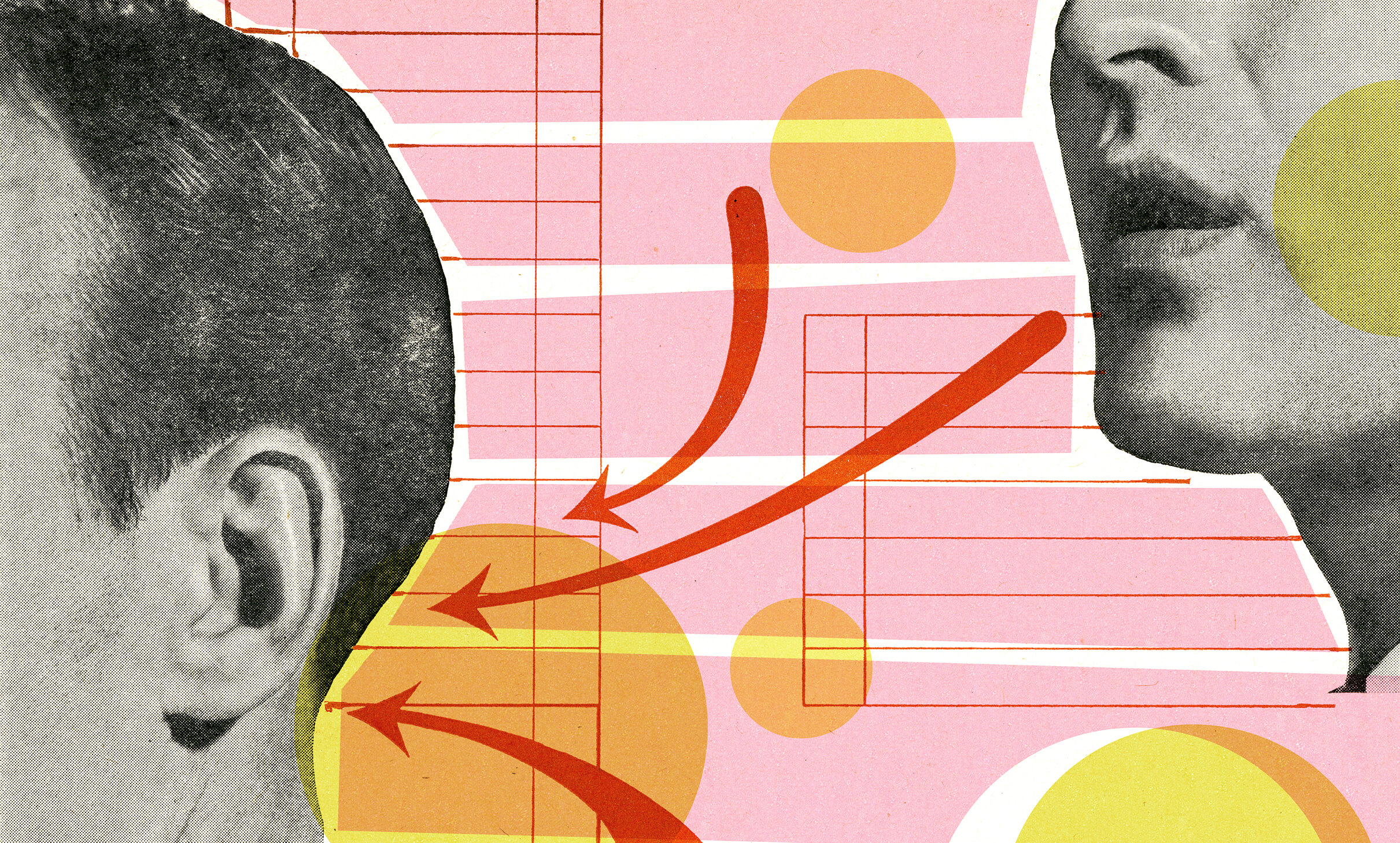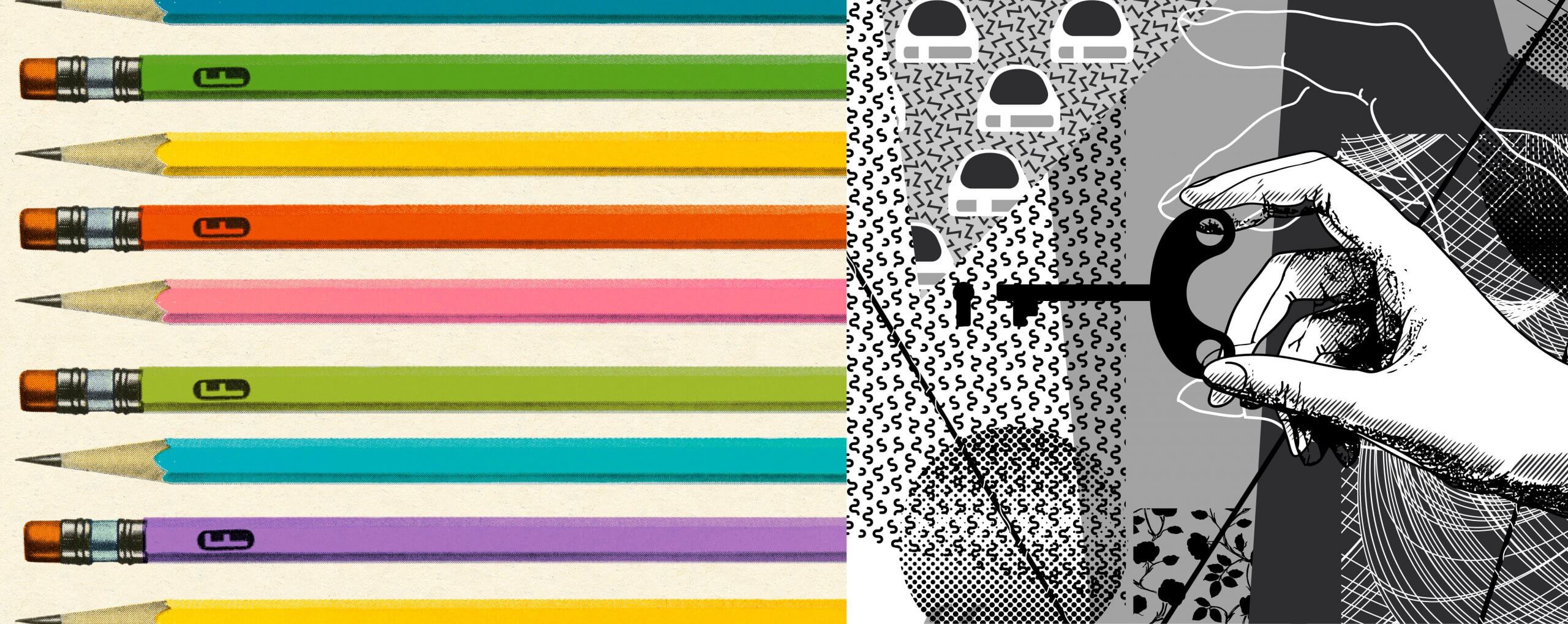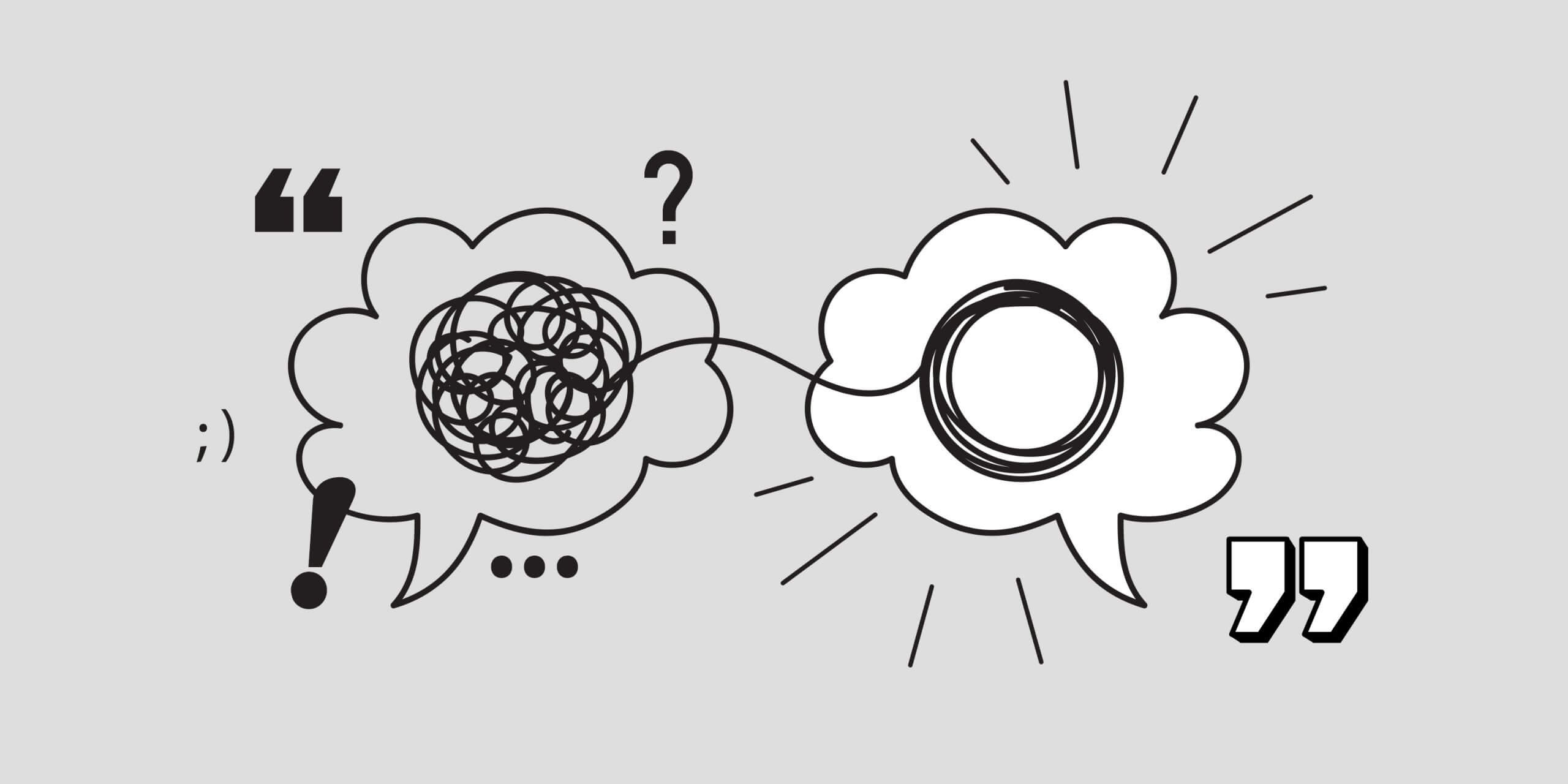


There’s a lot in this seminal work that marketers, and anyone concerned with their customer’s experience can learn from this book.
What can a nearly-30-year-old business book teach us about user experience?
Let’s start this party off with a big quote:
That sounds a lot like human-centered design to us! Just as you may guess from the name, human-centered design (also called design thinking) is the iterative process of solving problems through design.
For Drucker, marketing is essential and is part of every aspect of a well-running company, because it puts the user’s (or the customer’s) experience first. So, even down to nitty gritty programming, when a developer stops to think how the code behind some user interface they’re working on will affect a customer’s experience, then marketing is happening.
If you think about it, according to Drucker, the true aim of marketing is customer service in its purest sense. Which works with his main conceit that the purpose of all business is to create a customer. For this journey of building your business, Drucker poses a series of questions you need to ask yourself. We’ll take a look at what those questions mean from a human-centered design perspective.

Questions before business
Who is the customer?
You wouldn’t try to sell a hat to someone without a head (unless you were innovatively calling it a “neck capper,” but that’s a deeper Drucker dive for another day). You need to know who your customers are, where they are, and how they interact with other businesses. And, most importantly, you need to know what and how they buy. You must make sure that your brand’s design — including your website and any product interface — is compatible with their habits.
What is the value to the customer?
The next question you ask is why a customer needs your product. What will it give them? What will it benefit them? Drucker says, “ … the first rule is that there are no irrational customers. Customers almost without exception behave rationally in terms of their own realities and their own situation.” You must analyze your customers to determine the value of what you’re selling and design your product around giving it to them.
What is your business?
So, you’ve found your customer and your value to them. Now you must figure out exactly what your business will be and how they will receive value. This takes critical thinking and design, often down to the users’ daily interaction with your business or product. Is the value immediately apparent to them? Can they feel it? Research is critical here, so you’re not designing based on hunches. “In the end there must, of course, be a decision … based on conscious choice of alternatives rather than on suppression of different and dissenting opinions and points of view.” Once that’s settled, you still have some work to do.
What will your business be?
Your business is going strong now, but you shouldn’t rest on your laurels. Are you analyzing the market, identifying breezes from the winds of change? What else does your customer need? Iterating and testing can keep your ahead of these kinds of questions. Determining the “unsatisfied wants of the customer” will help you continuously evolve your business. Unless …
What should your business be?
Sometimes evolution hits a dead end and the only way forward is to try a different path. You must look really hard at your product’s performance and usage metrics, and see if the market is picking up what you’re putting down. Would you be better providing something else? It’s interesting that in this book, Drucker routinely uses Sears, Roebuck as an example of how to do things right. They did in the 1970s, until they forgot to examine what their business should be to compete with the likes of Amazon and Walmart.
After the questions, you build a customer experience strategy
Once you’ve answered all these questions, your answers for the last three are your company’s objectives. “Objectives … are the fundamental strategy of a business.” These are the goals for which you strive, the battle cries of your employees, and the standards against which your company’s performance is measured.
And human-centered design helps every step of the way by constantly reminding the company what the customer wants and helping the company to determine what the customer needs.
We learned a lot from reading Management: Tasks, Responsibilities, Practices by Peter F. Drucker (at least, some of it). Hopefully, you’ve learned enough from this post to grab a copy of the book yourself and learn even more.
Contact us for help in talking to your customers.


